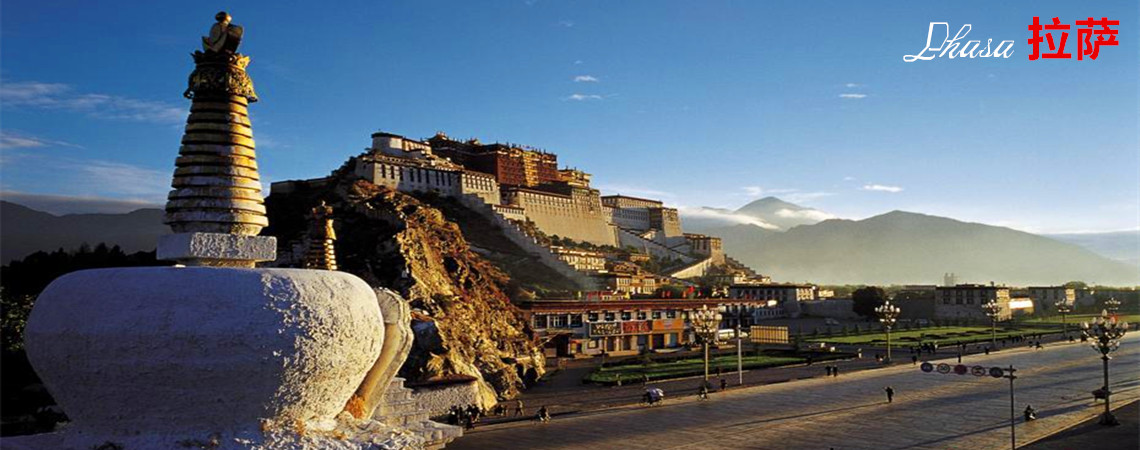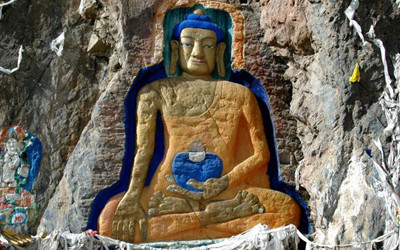Skype: neodalle-travel
Tel: +86 135 7447 2266
E-mail: sales@visitaroundchina.com

What to see ?
 Nietang Buddha statue is one of Sakyamuni sitting under a bodhi tree to capture evil. The statue is 8 meters in width and 9.8 meters in height including the base around 1.3 meters. The hand of the Buddha is 1.4 meters long and its leg is about 1.9 meters long. Around the statue, many pieces of hada can be seen. The hada is a long white scarf, symbolizing the giver’s sincere heart to other people. Of the many hadas around the statue are those presented by the visitors and the worshippers to show their respect to the Buddha. Due to the large size of the statue, these hadas are thrown upon the cliff. It is said that the higher you throw, the better it is.
Nietang Buddha statue is one of Sakyamuni sitting under a bodhi tree to capture evil. The statue is 8 meters in width and 9.8 meters in height including the base around 1.3 meters. The hand of the Buddha is 1.4 meters long and its leg is about 1.9 meters long. Around the statue, many pieces of hada can be seen. The hada is a long white scarf, symbolizing the giver’s sincere heart to other people. Of the many hadas around the statue are those presented by the visitors and the worshippers to show their respect to the Buddha. Due to the large size of the statue, these hadas are thrown upon the cliff. It is said that the higher you throw, the better it is.
With its striking color it can be seen clearly several miles away. While taking a closer look at it, it may feel mysterious, or even that you are in the world of Buddha. With moderate proportions and bold and unconstrained lines, this stone inscription not only perfectly shows the stone’s quality and the exquisite engraving skill, but also makes the statue vivid and lifelike. If you want to go there to take photographs, the morning is the best time. In the afternoon, the whole statue is covered in the shadow due to the backlighting.
The construction of this statue has a close relationship with the nearby Nietang Tara Temple. The Tara Temple, playing a vital role in Tibetan Buddhism, is a simple and neat temple on the west side of the statue. In 1046 the famous father of Tibetan Buddhist Attisha was invited to Nietang to take on apprentices and promote Buddhist ideas. In 1054 he passed away. His disciples built the temple and carved Nietang Buddha on the cliff to worship their master. Some of his daily articles and his bone ash were kept here, so up till now, this temple is still a busy place for worshiping and even attracts many Bengalese followers (Bengal is the hometown of Attisha). Relics as well as murals in the temple attract many scholars for research.
Having gone through many ups and downs, this Buddha still maintains his luster and enchantment and receives countless Buddhists and visitors with his mystical smile and majestic appearance.
Travel Tips
Add: In Qushui County, Lhasa City, Tibet
Entrance: free
Opening hours: all day
 Ask Questions ?
Ask Questions ?